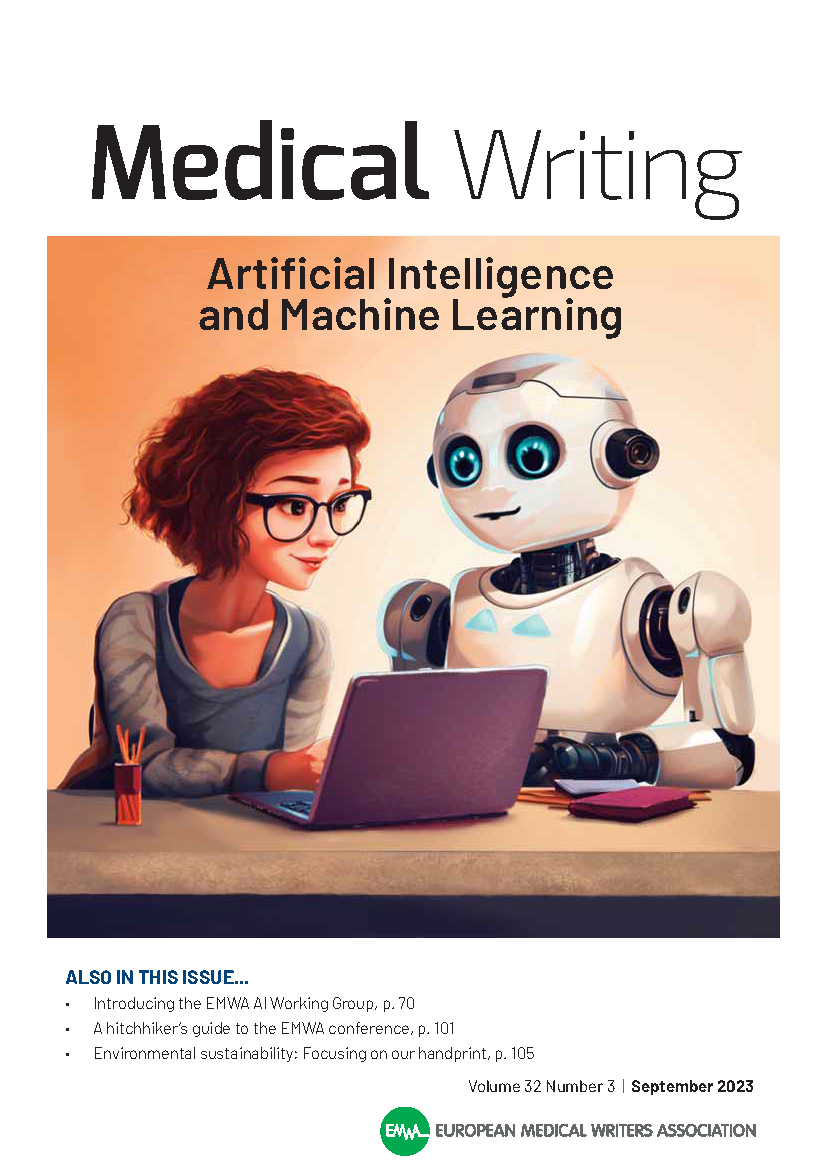
Volume 32, Issue 3 - Artificial Intelligence and Machine Learning
Unlocking new efficiencies: How structured content authoring is streamlining the production of clinical documents for the pharmaceutical industry
Authors: Mati Kargren, John April, Gina Clark, Jonathan Mackinnon, Aliza Nathoo, Elizabeth Theron
Abstract
Current practice requires clinical and regulatory documents to be created and updated manually by medical writers throughout a product’s development. Conventionally, document content is unstructured, with freeform text, figures, and tables that the medical writer can arrange in any configuration. By structuring and standardising clinical and regulatory content, the pharmaceutical industry can shift from a document-based to a content-based approach. This transition will require adopting structured content management tools and common structures, and standardising content. In tandem, medical writers must evolve their skillset and ways of working, primarily through planning and producing content and adopting structured content authoring practices to facilitate content creation and reuse. This article introduces structured content authoring and outlines how the medical writing role in the pharmaceutical industry may soon evolve.
Medical Writing. 2023;32(3):32–37. https://doi.org/10.56012/xafs6978
 Download the full article
Download the full article
Search
Articles
Links
Editoral Board
Editor-in-Chief
Co-Editors
Managing Editor
Victoria White
Deputy Managing Editor
Alicia Brooks Waltman
Associate Editors
Section Editors
AI/Automation
Biotechnology
Digital Communication
EMWA News
Freelancing
Gained in Translation
Getting Your Foot in the Door
Good Writing Practice
Pablo Izquierdo / Alison McIntosh
In the Bookstores
Publications
Medical Communications/Writing for Patients
Medical Devices
My First Medical Writing
News from the EMA
Pharmacovigilance
Regulatory Matters
Regulatory Public Disclosure
Louisa Ludwig-Begall / Sarah Kabani
The Crofter: Sustainable Communications
Veterinary Writing
Editors Emeritus
Layout Designer
Chris Monk
 Visit the EMWA website
Visit the EMWA website